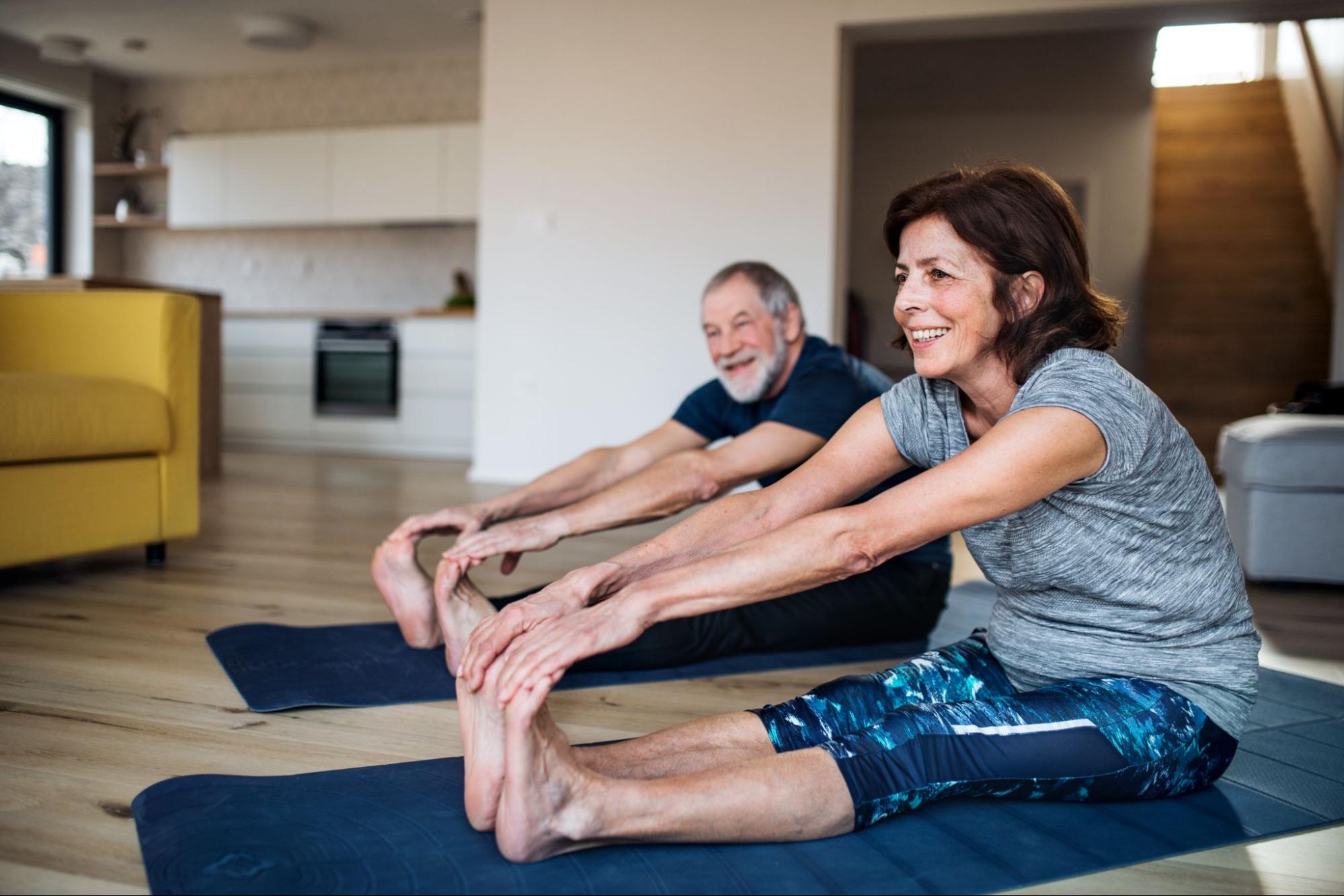Foot arthritis treatment: tips and exercises
Discover effective foot arthritis treatment options, including exercises from physical therapists to relieve pain and improve mobility.
0 $ pour vous
Date de publication : Aug 23, 2024
Table des matières
Fully covered foot or ankle pain relief
Find relief from foot pain, ankle pain, plantar fasciitis, & more.
Check if I'm eligible